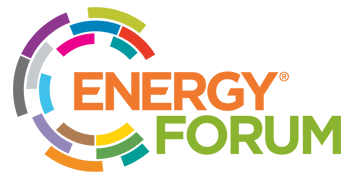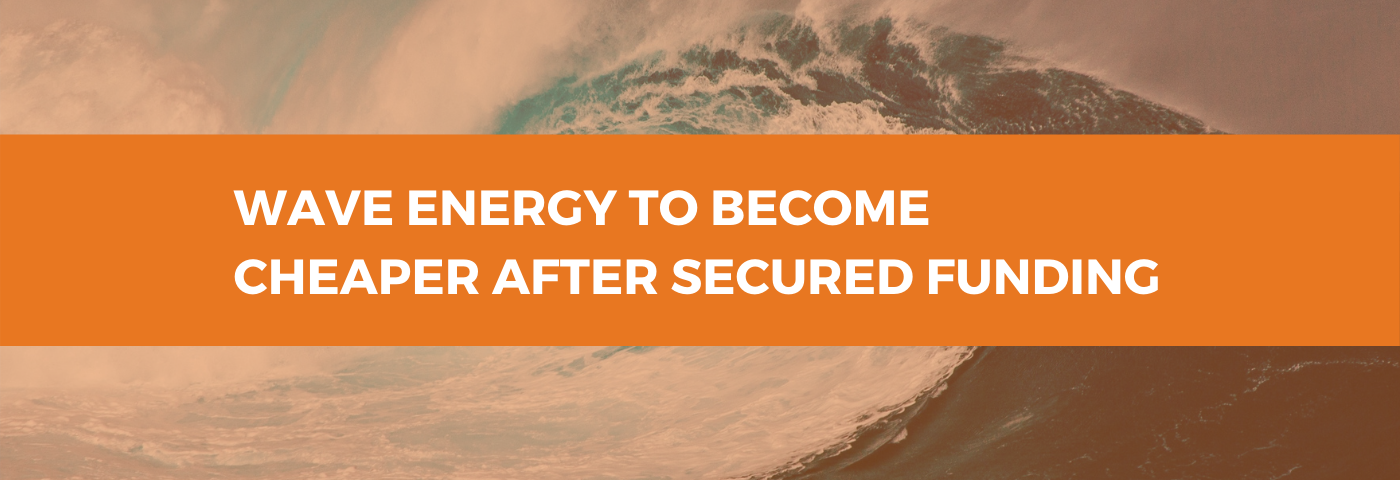The UK’s waves have enormous energy potential and can be used to generate clean electricity reliably and more consistently than other forms of energy generation, including solar and wind. However, one big downside attributed to wave energy is that it is too expensive – a result of the technology being in early stages of development.
Fortunately, a consortium led by Arup and Tension Technology International have secured funding from Wave Energy Scotland (WES) for proposals to use concreate and floating net buoys in wave energy devices. The materials have not yet been considered for wave energy machines, but have a very high potential ceiling to bring down the costs of wave power – owed to a combination of superior durability and lower unit cost when compared to commonly used materials such as steel.
Originally published here
Consortia led by Arup and Tension Technology International secure funding from Wave Energy Scotland (WES) Proposals to use concrete and floating net buoys in wave energy devices of the future Two consortia will share just under £1 million for projects that aim to bring down the cost of wave power. The teams – one led by consultant engineers Arup and the other by rope and mooring specialists Tension Technology International – have each secured funding from Wave Energy Scotland (WES) to demonstrate the potential of new applications of materials to bring down the cost of wave power.
The Arup consortium aims to show that pre-cast reinforced concrete can be incorporated in a variety of wave technologies. Tension Technology International will advance the design of their flexible buoyant pod which is encapsulated in a fibre rope net. Commenting on the awards, Tim Hurst, managing director of WES said “Our goal is to deliver technologies that can produce power reliably and can demonstrate a route to commercial readiness. “These two projects use materials that have a long history of use in the marine environment but so far have not been considered for wave energy machines.
We believe both have real potential to be incorporated in future devices and bring down the cost of wave power.” The Arup team is already working with Inverness-based wave energy technology developer AWS Ocean Energy to investigate the use of the technology in the AWS Archimedes Waveswing. This submerged buoy is itself a recipient of WES funding through the novel wave energy convertor programme. Last year AWS and Edinburgh firm Mocean Energy shared £8 million to build half-scale wave energy machines which will be tested in real ocean conditions later this year. “One of the benefits of reinforced concrete is that it has a lower unit cost and superior durability to steel in the marine environment and could be applied to a number of wave energy concepts, especially where its higher mass can bring benefits,” says Hurst. “At the other end of the scale, TTI’s Netbuoy offers buoyancy where needed, with the ability to flex under extreme wave loads. “These awards will enable both technologies to make significant advances towards commercially ready products.” Both projects secured their awards to progress to Stage 3 of WES’ Structural Materials and Manufacturing Processes programme, having come through the WES Stage Gate process, which began with ten technologies at stage 1 and three at stage 2.
The teams aim to demonstrate the survivability of their concepts and their application in a range of wave energy devices. They will also work with supply chain partners to advance the commercialisation of their technologies and will provide open source design tools that can be used by wave energy developers in the design of their devices. Ben Yeats, project manager at Tension Technology International said, “TTI is excited to be awarded this stage 3 contract to further develop our innovative inflatable Netbuoy technology. The recent completion of the design phase has shown that our technology is applicable to a wide range of wave power technologies and can ultimately deliver a step change in the cost of marine renewable energy.
Stage 3, which will include Scottish coastal field trials, will enable TTI to advance the Netbuoy’s technical and commercial readiness while exploring new markets.” George Walker, associate in advanced digital engineering at Arup said, “We are excited to work with WES to further develop our concrete wave energy convertor design and improve the commercial case for the sector. “The previous stage included successful full-scale testing of an innovative precast connection to enable serial production of concrete wave energy devices.
The next stage comprises integrating the material into the Archimedes Waveswing device to bring down cost, and development of a digital design tool to enable concrete to be exploited in the sector more widely.” This is the latest stage gate funding process in the WES programme, which is fully funded by the Scottish Government. This month, Holyrood have confirmed that they will provide a further £8.2 million of funding for the WES programme in the 2020/21 budget.

